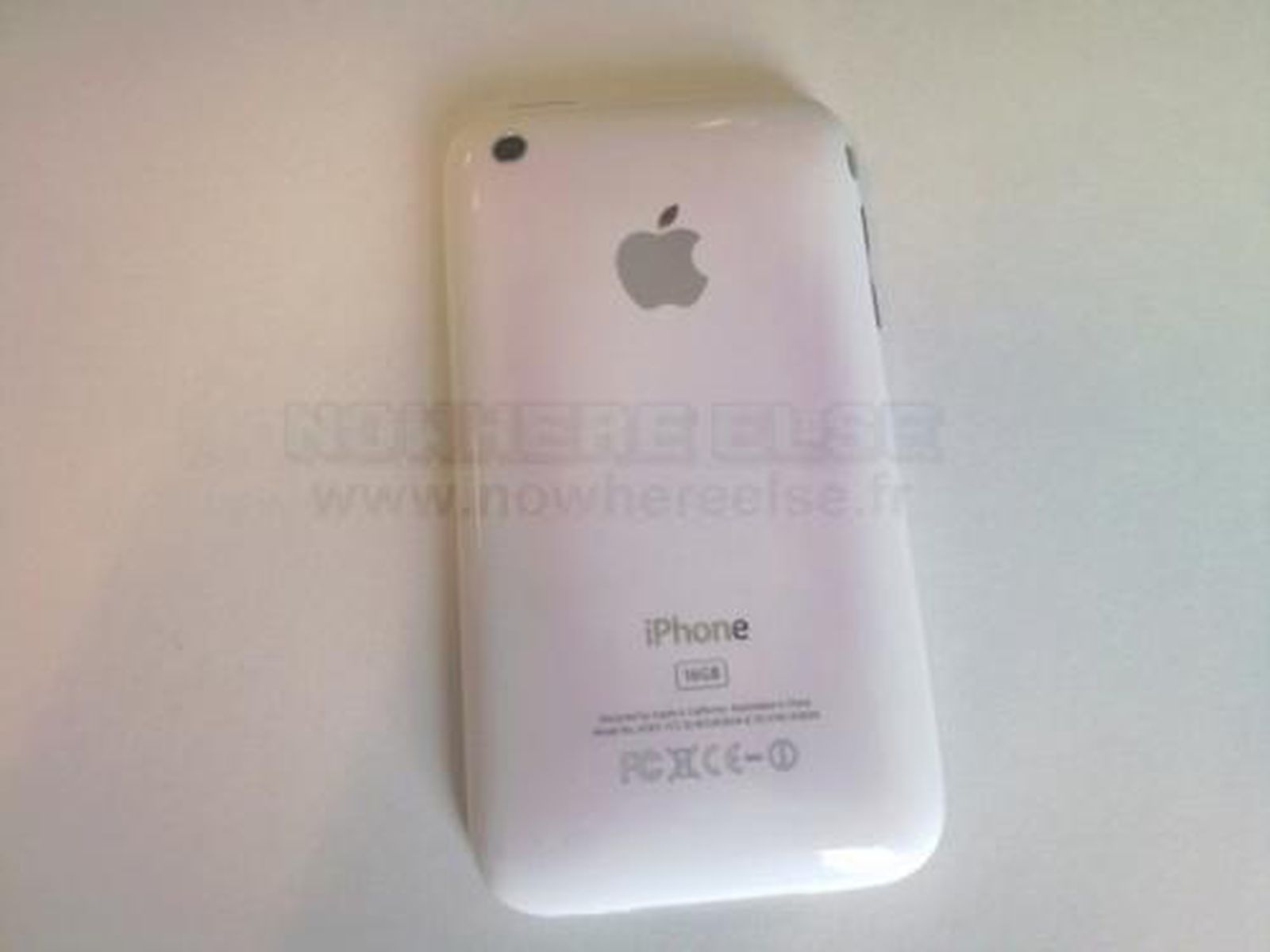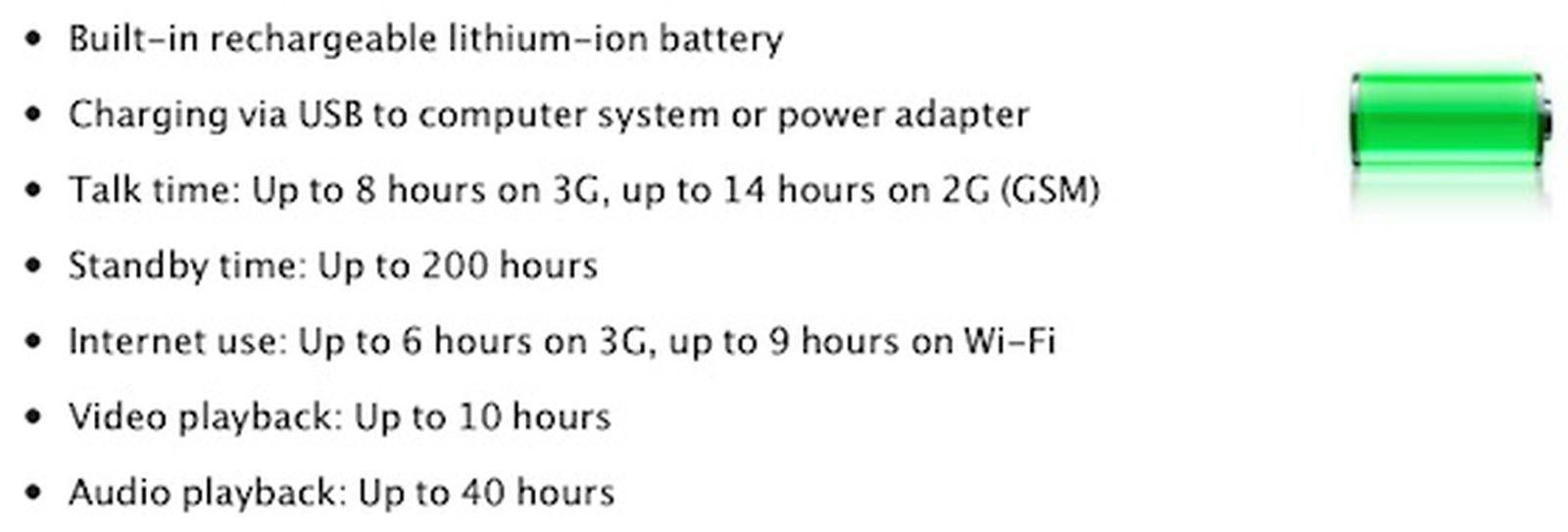Are we going to imply the main CPU cores are as architecturally important and generation-defining as some fixed-function video blocks? Sure, anything is possible, but if an SoC with A15 CPU cores is called an “M1 Something” then we’re entering dumb Intel-style “Nth gen could mean anything” territory….for the sake of clarity I hope this naming convention holds:
- A14 CPU cores —> M1
- A15 CPU cores —> M2
- A16 CPU cores —> M3
etc.
Fabbing node notwithstanding, video blocks notwithstanding.
At the end of the day the engineering teams explain what the roadmap is and it's down to the marketing teams to decide how to name it and sell it.
I think I might have mentioned a few months ago that Apple could skip generations for various high power M series CPUs while the A series are now expected to be annual because of the release cadence of iPhones.
I don't really see why there's a generated uproar over this move - naming a CPU 'M2' is a marketing decision - and Apple will decide the criteria that best suits them.
A few of us were speculating over what we would see the M2 being based on - be it A15 or A16. Maybe not necessarily what process these CPUs would be built on.
So we're likely to see an M2 based on the A15 (the so called 'worst case scenario'). And if the M3 gets the 3nm process using the A16 cores some time later that would be the time to offer new features - Thunderbolt 5 perhaps? Better Mini LED or OLED screens? Certainly we could look forward to better battery life and perhaps quieter operation.
I had understood that the A16 CPUs would be priced higher due to the new process shrink and a lower yield goes some way to explaining this. This could mean a higher price in the Pro iPhones - could it mean higher prices for the presumably so-named M3 CPU generation?
Apple wanting to keep prices steady explains why they might want to use an A15 variant - with a rumoured 5 GPU cores like the iPhone 13 Pro in this year's iPhone 14 non Pro models.
Watching MaxTech's new video on this rumor and they mention that TSMC's N4P process (which is called "4nm" even though it uses a 5nm process) has SoC yield rates of around 70%. That means if Apple did build the A16 on it, they could be tossing 30% of the chips right away.
And that might be a conservative estimate, since that 70% is with Qualcomm's SnapDragon 8 Gen 1 and that might not be as complex an SoC as A16.
So Apple could see significantly reduced yields if they had gone with N4P which would translate to much higher unit prices for the SoC which would mean higher MSRPs for the iPhone Pro (maybe $1199/$1299 instead of the projected $1099/1199) and even at that higher price, Apple would not have nearly as many units available to sell with such poor yields.
So if A16 CPUs manufactured on the same process as the A15 might be cheaper to make en masse because of the higher yield? I think there's an argument to keep the lower end machines as cheap as possible.
In the phone space we might be seeing the A15 start to filter into low end products while Apple wait for later generation process shrunk CPUs to attain higher yields.
This might explain the high end camera modules we've seen for the iPhone 14 Pro but what can Apple offer in for Macs using the high end CPUs to help offer better value?
Presumably this cost is silently carried over in the Mac Pro as that's not been released yet but where does it leave the Mac Studio and the 14 and 16 inch Pro laptops when M3 rolls around?
Could we be seeing M1 and M2 pooling on the low end Macs for some time to come?






